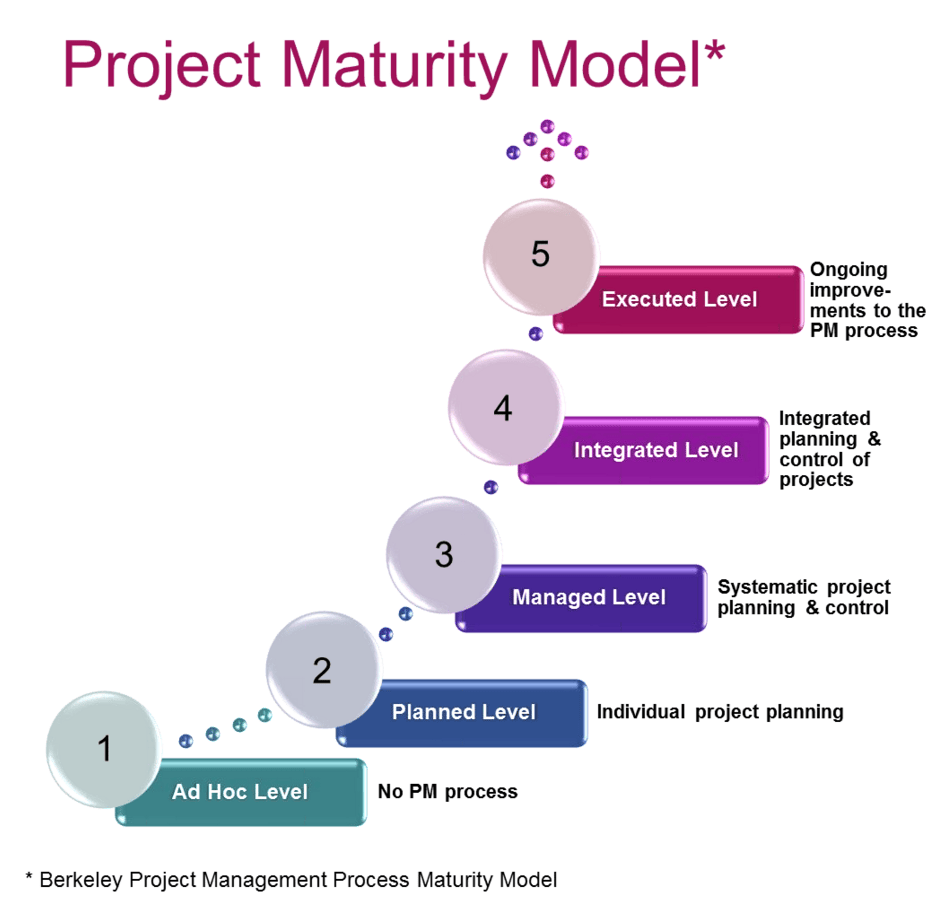Efficient construction project management is not rocket science.
ROOT CAUSES OF PROJECT FAILURE
Understanding the primary causes of construction project failure is the first step towards future avoidance.
Studies have consistently demonstrated the following causes of construction (repair, renovation, maintenance, new build) project failure.
#1 Poor owner leadership, capacity, and/or accountability
#2 Lack of a robust, well communicated, detailed Scope of Work
#3 Failure to implement a robust process that integrates planning, procurement, and project delivery teams and mitigates risks.
Management is the coordination and administration of resources, whereas leadership is the ability to inspire and direct a group of people toward a single objective.
It is impossible to effectively complete projects without embracing change management and adaptability.
The ability to adapt behavior in response to unforeseen events and shifting project requirements is critical.
SOLUTION
Organizations can enhance their project management procedures and increase the possibility of project success throught the consistent application of proven, robust processes based upon systems-thinking. A common falacy is that a consistent programmatic approach can not be applied to construction due to the fact that each project is unique. In reality, any construction activity can be segemented into common, discrete construction tasks, regardless of complexity of type.
Establish a clear set of objectives for the the planning, procurement, and proejct delivery process, leveraging a consistent programmatic methdology aimed at maximizing performance for the client at the project and program levels, with concurrent design/build, current, local market construction task data, and collaborative project control throughout the life of the project.
Select people for their respective roles on a “best for project” and “best for program” basis. Repsect people for their knowledge and skills that they can contribute, regardless of their organization.
Any organization can and must address culture, leadership, and stakeholder engagement first, and then begin to leverage existing robust processes. This is the ONLY proven pathway to reducing the likelyhood of construction project failure.


Improve FM Project Delivery 2023
Your message has been sent
Participation by stakeholders and effective communication are essential
- Early and ongoing participation by stakeholders (internal and external to the owner organizatin) and effective communication is essential and relationship-building is critical.
- Objective, local market construction task data, organized in a standard data format is a core requirement for developing a detailed and well communicated Scope of Work and associated understanding of both technical and cost requirements.
Poor project scope definition, risk assessment, resource allocation, and lack of contingency planning have all been linked to project failure. Root causes are inneffective project leadership, a lack of project management skills, poor decision-making, and the inability of the organization to adapt and engage in change management.
Establishing a culture of collaboration within the team and encouraging all project members to collaborate is and effective method for fostering positive team dynamics and fostering collaboration.
Project Alliancing is more than just a contract; it’s a new approach to conducting business andconstructing projects that’s a dramatic departure from traditional contracting practices – where trust is in short supply and antagonism runs rampant . (Sakal, M. W. (2005). “Project alliancing: a relational contracting mechanism for dynamic projects.” Lean Construction Journal)
Alliancing is a collaboration between the client, service providers and contractors where they share and manage the risks of the project together. (Chen, G., Zhang, G., and Xie, Y. (2010) “Overview of the Australia-based studies on project alliancing.” Proc., Proceeding of the Australiasian Universities Building
Education Association (AUBEA), 35th Annual Conference)All parties, internal and external planning, procurement, and project delivery teams are required to work together in good faith, acting with integrity and making best-for-project decisions. Working as an
integrated, collaborative team, they make unanimous decisions on all key project delivery issues. Alliance agreements are premised on joint management of risk for project delivery. All parties jointly manage that risk within the terms of an ‘alliance agreement’, and share the outcomes of the project”. (adaptatoin of Victoria, D. (2010). “The practitioners’ guide to alliance contracting.” State of Victoria, Australia:
Department of Treasury and Finance”
References
2023, Shabbir, R., Evaluation of the Factors behind the Failure of Project Management
Practices https://egkhzdxkgsn.exactdn.com/wp-content/uploads/2023/08/47.EvaluationoftheFactorsbehindtheFailureofProjectManagementPractices.pdf
